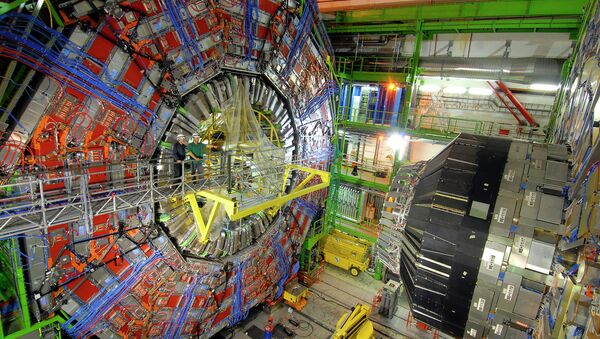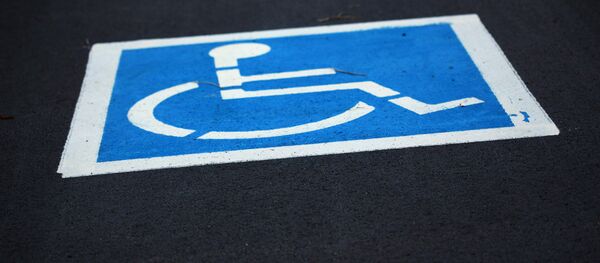Speaking to China Daily, Chinese Academy of Sciences Institute of High Energy Physics Director Wang Yifang explained that "we have completed the initial conceptual design, and recently organized [an] international peer review, and the final conceptual design will be completed by the end of 2016."
China Daily explained that the country's new particle accelerator, which might be built near the port city of Qinhuangdao in the northeastern Hebei province, is expected to have a circumference of between 50 and 100 km, compared with CERN's 27 km. This will allow China's Circular Electron Positron Collider (CEPC) to generate literally millions of Higgs bosons.
Moreover, according to Wang, the Chinese technical approach will allow the particles to be generated in a 'cleaner' fashion: "The technical route we chose is different from LHC. While LHC smashes together protons, it generates Higgs boson particles together with many other particles. The proposed CEPC, however, collides electrons and positrons to create an extremely clean environment that only produces Higgs boson particles."
Noting that physicists from around the world have already traveled to China to help with the project, Wang noted that "this is a machine for the world and by the world: not a Chinese one," emphasizing that the Chinese particle accelerator will help scientists in making advances and discoveries that will benefit all of humanity.
Commenting on the ambitious project, Institute of Advance Study particle physicist Nima Arkani-Hamed noted that while China is "going to need help" in getting the project off the ground, "they have financial muscle and they have ambition."



